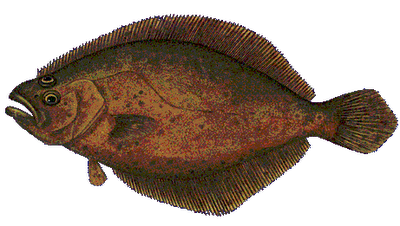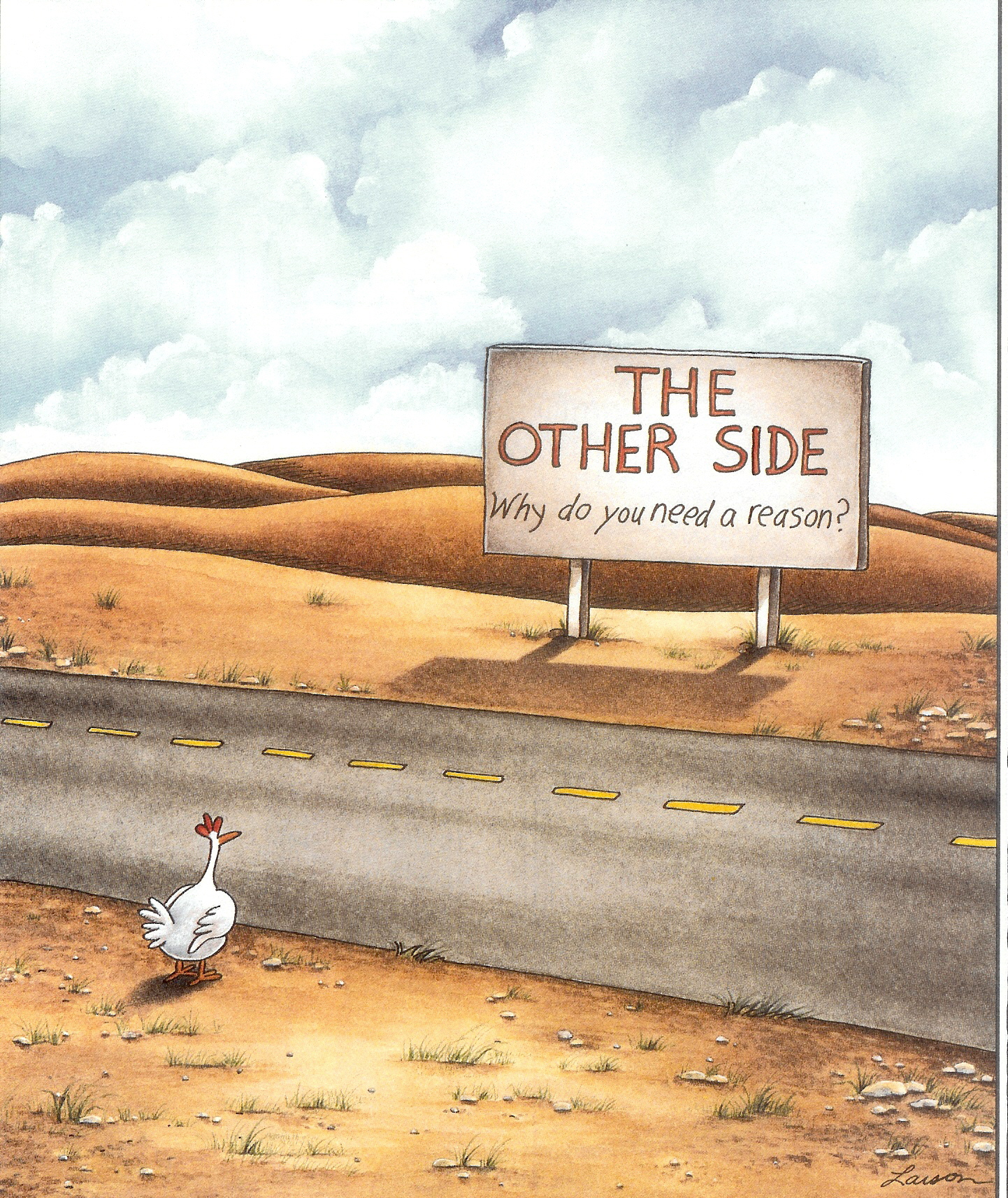MOAR PROTEIN??
 I saw this abstract in my Facebook feed, and when I saw, “randomized controlled trial” in the title, I knew I had to read it because good randomized controlled trials in fitness and nutrition are hard to come by. Let’s say that I was pleasantly surprised and excited by this one; and truthfully, that doesn’t happen that often.
I saw this abstract in my Facebook feed, and when I saw, “randomized controlled trial” in the title, I knew I had to read it because good randomized controlled trials in fitness and nutrition are hard to come by. Let’s say that I was pleasantly surprised and excited by this one; and truthfully, that doesn’t happen that often.
Before we talk about the study, I think it’s important to differentiate between “high-protein” diets and “low-something else” diets. “High protein” means that the first maconutrient of importance is protein and when figuring how much carb and fat to eat, the calories not taken up by protein are then taken up by the other two macronutrients. “Low something-else” means that the first macronutrient taken into consideration is the “something else” (these days it’s usually carbohydrate), and then the rest is available for fat and protein. This doesn’t mean that a low-carb diet is automatically a “high protein” one, or, more importantly, that a “high protein” diet is automatically a low-carb one. Read More...
When is a calorie not a calorie? To get to the other side (Yup, just another bad joke.)
This one gets bandied around a lot: “A calorie isn’t a calorie.” It’s a clever gimmicky catch-phrase because it a) challenges the reader to re-evaluate what they think is a set-in-stone rule and b) gives them the hope that the reason why they’re not making progress lies in the fact that their “truth” is in fact a lie. Read More...
Hey, ass-hat with the abstract link. Yeah. You.
[Edit: More than a few readers gave me feedback about my use of a derivative of the r-word, which has gone from a medical term still used in medical journals to a pejorative one when used in a derisive context. A small portion of my patients are developmentally delayed and understanding the power of language (being more than moderately opposed to, “That’s so gay,” referring to anything more offensive than a bus of drag-nuns–which really isn’t offensive at all since the Sisters are AWESOME (honestly, I’ve been to their parties); so I guess”gay”=”awesome”), I’ve replaced it with “Ass-hat”. I have Googled its etymology and can find no reason not to use it. Now, onto the post.]
The rate at which psuedo-information flies around has now reached epic proportions. And not in a good way. Read More...
Why not 0.06?

Steve Accera asked me an interesting question a few months back. Why is 0.05 the cut-off for a p-value to be considered statistically significant?
To understand the answer to this question, we first have to talk about how to interpret a p-value in the first place. For the expanded explanation, click here. Read More...
Just because it’s brown, doesn’t mean it’s chocolate

This blog entry comes courtesy of John Woodslave who posted the link on my Facebook page.
Martin Bland’s “How to Upset the Statistical Referee” should be mandatory reading for all researchers. It’s short, gets to the point and, if everyone paid ACTUAL attention to it, would kill this blog. Read More...
Flukes–more than fish.
 In January this year, I was in Cancun at a conference (I know, life is harsh). We were traveling from the hotel to the conference and my friend David gave me half a peso back in change because I had lent him too much for bus fare. I said flippantly that he could keep the “half-cent”. He pointed out to me that half a peso was more than half a cent, and was, in fact, 5 cents, or a nickel. I said it was barely more, and he rebutted that it was TEN times more. It was then that I realized this was a very good illustrative example of how a statistically meaningful difference still doesn’t translate into buying a pack of gum.
In January this year, I was in Cancun at a conference (I know, life is harsh). We were traveling from the hotel to the conference and my friend David gave me half a peso back in change because I had lent him too much for bus fare. I said flippantly that he could keep the “half-cent”. He pointed out to me that half a peso was more than half a cent, and was, in fact, 5 cents, or a nickel. I said it was barely more, and he rebutted that it was TEN times more. It was then that I realized this was a very good illustrative example of how a statistically meaningful difference still doesn’t translate into buying a pack of gum.
Most of the studies I review for this site fall into two categories: Read More...

